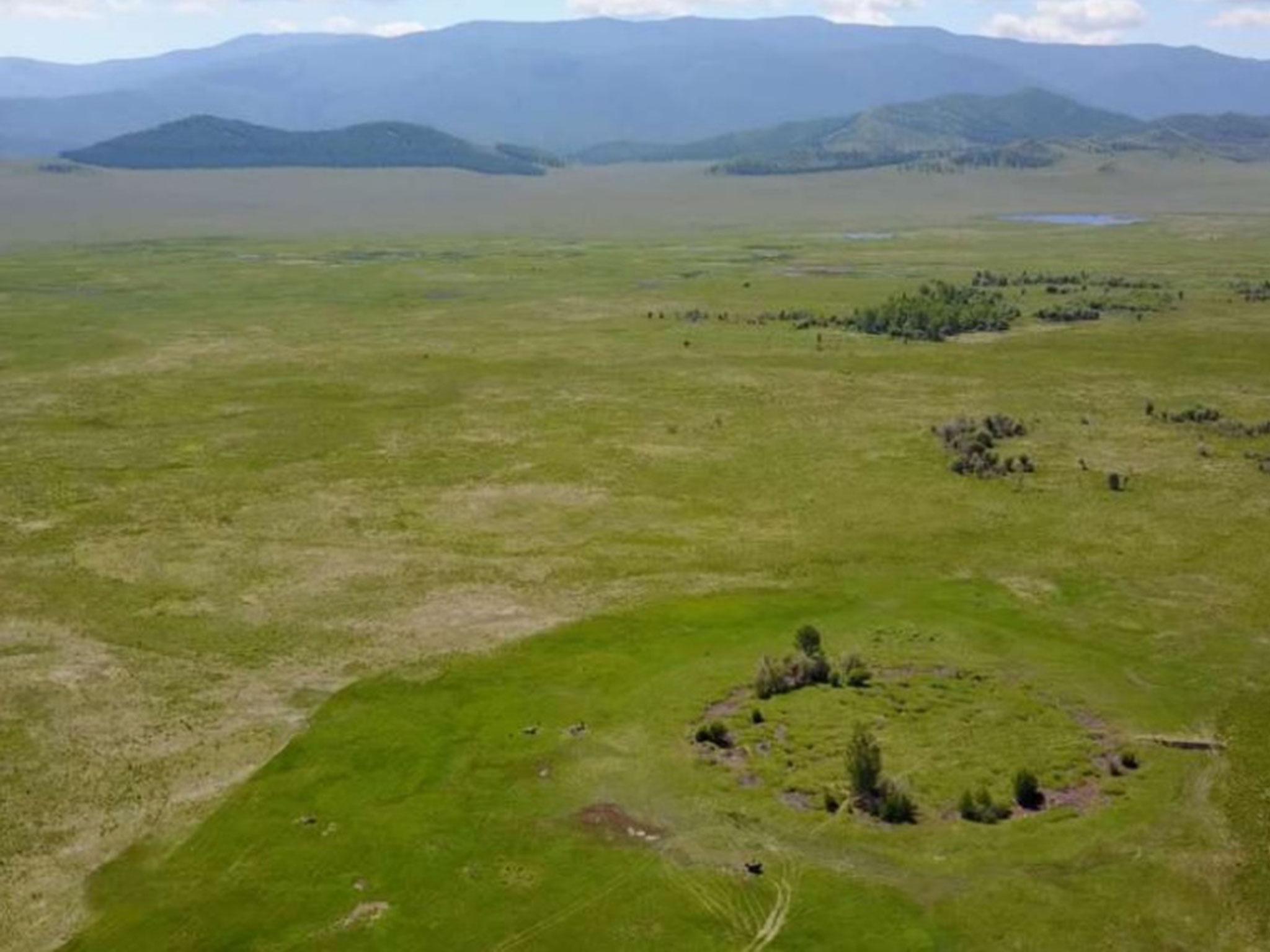Ancient ‘frozen’ tomb of Scythian Prince found in Siberia
Monument is more than 2,800 years old and believed to be largest in region

An untouched frozen burial mound believed to contain the remains of a Scythian royal as well as gold treasures has been discovered in Siberia.
The monument is more than 2,800 years old and is thought to be the largest Scythian princely tomb in the region.
The Scythians were nomadic warriors who originally lived in what is now southern Siberia.
Their culture flourished from around 900 BC to 200 BC, by which time their influence had been felt across Asia to the northern Black Sea.
Although they did not build settlements, the Scythians left behind large burial mounds preserved in Siberia’s permanently frozen soil, which archaeologists have explored to uncover more about them, alongside accounts by Greeks, Assyrians and Persians.
Researcher Dr Gino Caspari, from the University of Bern in Switzerland, believes he has found the earliest Scythian tomb deep in a swamp in the Russian republic of Tuva.
He made the discovery while studying satellite images of the Uyuk Valley, sometimes referred to as the Siberian Valley of the Kings due to the high number of tombs there.
Dr Caspari identified a circular structure located in a swamp along the Uyuk River and working with a Swiss-Russian team, confirmed it was likely to be a Scythian burial mound called a kurgan.
The earliest princely tombs consist of a stone packing with a circular arrangement of chambers. The walls of the chambers are made of larch logs.
Scythian burial objects typically include jewellery, pots, weapons and horse's harnesses.
Wooden beams found by Dr Caspari during the test excavation date back to the 9th century BC, predating kurgans previously uncovered and excavated in the 1970s.
According to the researchers, the tomb’s inaccessible location in a swampy terrain saved it from being looted.
“No other frozen kurgans of this size are known in Eurasia,” Dr Caspari and the researchers wrote in a paper published in the journal Archaeological Research in Asia.
“It is, however, also in danger because with the global rise in temperature these treasures are in immediate risk of being lost. Large excavation campaigns need to be carried out throughout the next years to excavate the complete object and preserve the knowledge we can gain from it.”
Between 2001 and 2004, a German team of archaeologists discovered an undisturbed burial chamber in a mound known as Arzhan 2, containing the richest collection of artefacts ever found in the Eurasian steppe.
More than 1,000 gold objects, including a solid gold necklace belonging to a Scythian prince, had been placed with the two corpses in the tomb’s main chamber, in addition to weapons, pots and horse harnesses.
Dr Caspari said in a statement he expects further finds to be unearthed in the recently-discovered mound: “If we’re lucky, we might even find some well-preserved wood carvings or carpets under the stones, or perhaps an ice mummy.”
Join our commenting forum
Join thought-provoking conversations, follow other Independent readers and see their replies
Comments